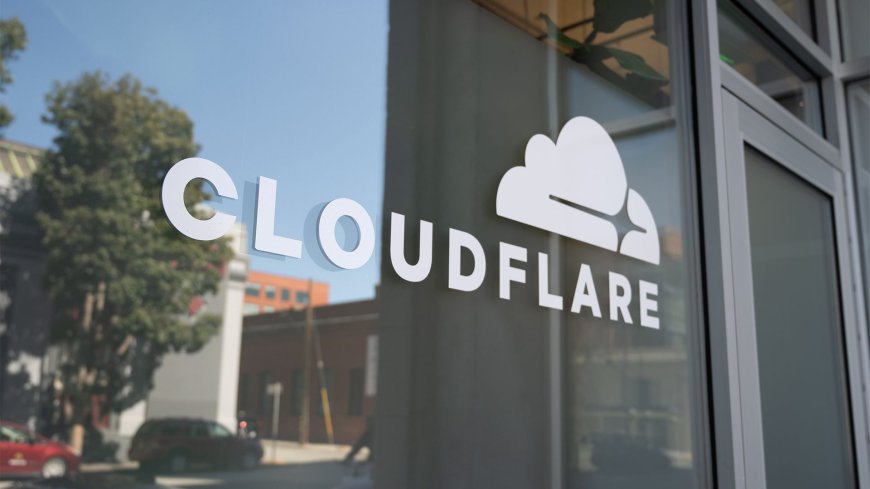Cloudflare Introduces Pay-Per-Crawl AI Bot Control: What It Means for the Web
Cloudflare launches AI Bot Control, blocking unauthorized crawlers and introducing a pay-per-crawl model. Here’s what it means for publishers and AI firms.

Cloudflare, the web infrastructure giant known for powering millions of websites worldwide, has unveiled a bold new feature aimed at reshaping the relationship between artificial intelligence companies and online publishers. Dubbed AI Bot Control, the system enforces a pay-per-crawl model that requires AI firms to compensate websites for the massive data scraping operations that fuel their models.
The rollout comes as websites increasingly grapple with the rising strain of automated AI crawlers consuming bandwidth, impacting site performance, and using content without direct attribution or compensation.
Why Cloudflare’s Move Matters
For years, AI companies have quietly relied on vast web crawls to train large language models and generative AI tools. These crawlers often operated without the knowledge—or permission—of the very publishers whose content became training data.
Cloudflare’s system introduces a default blocking mechanism, giving site owners the choice to allow access only if AI companies agree to pay. In practice, this transforms previously free and unregulated scraping into a structured economic model.
As Cloudflare explained in its official announcement, the aim is to “protect internet property owners while creating a sustainable framework for AI innovation.”
How the Pay-Per-Crawl Model Works
The new model functions much like a toll system on the web:
-
Automatic Blocking – By default, unauthorized AI bots attempting to crawl websites behind Cloudflare are denied access.
-
Negotiated Access – AI firms must sign licensing agreements and commit to usage-based payments before being granted entry.
-
Transparent Reporting – Website owners gain visibility into which bots attempt to crawl their sites, along with bandwidth consumption metrics.
This system not only reduces server strain but also empowers publishers to set the terms of engagement with AI firms.
Case Studies: Site Performance Before and After
Cloudflare’s pilot trials offer an early look into the impact of AI bot control on site performance.
-
News Publisher Test: A mid-sized U.S. media outlet reported a 22% drop in bandwidth costs after unauthorized crawlers were blocked. Page load times improved, reducing bounce rates among mobile visitors.
-
E-Commerce Case: An online retailer saw server CPU usage decline by 17%, enabling faster checkout processing during high-traffic sales events.
These results suggest the model not only curbs data misuse but also directly improves user experience and revenue metrics.
Industry Reactions
Unsurprisingly, the announcement has sparked debate across the tech sector.
-
Publishers have largely welcomed the change, viewing it as long-overdue recognition of the value of their content.
-
AI companies, however, have expressed concern that such tolls could fragment access to knowledge and raise costs for training next-generation AI systems.
-
Policy experts warn this could set the stage for broader regulatory battles around data rights and AI ethics.
A recent MIT Technology Review analysis suggested that Cloudflare’s move could accelerate industry negotiations, forcing AI labs to formalize licensing deals with content creators at scale.
Future Implications for the Open Web
The bigger question remains: does this mark the end of the “open web” as we know it?
If AI firms must pay for large-scale crawls, the economic barrier to entry for startups may rise, concentrating AI development power among a few well-funded giants. Conversely, the model could create a fairer ecosystem in which content producers are compensated for their contributions to AI advancement.
Experts also predict new business opportunities for website owners—selling structured data feeds directly to AI companies rather than leaving value extraction unchecked.
Conclusion
Cloudflare’s AI Bot Control represents a turning point in how the internet’s infrastructure responds to the AI boom. By shifting from unrestricted scraping to regulated, pay-per-crawl licensing, the company is forcing a long-overdue conversation about ownership, value, and sustainability in the digital age.
Whether this move will protect the web’s openness or reinforce the dominance of tech giants will depend on how quickly regulators, publishers, and AI firms adapt to the new rules. One thing is clear: the relationship between content creators and AI developers will never be the same again.











